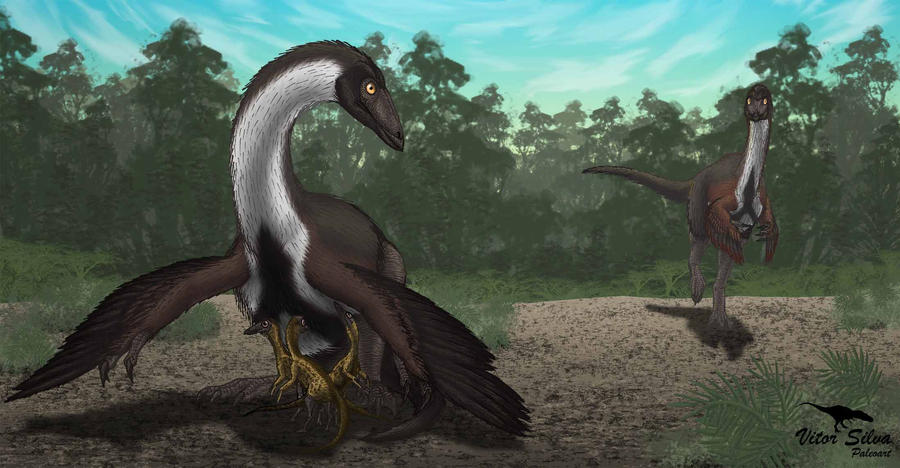Dinosaur pictures & facts

Carnivores
Giganotosaurus
This dinosaur could swallow a human being in one bite. Roaming what is now modern-day Argentina, the Giganotosaurus is one of the largest carnivorous dinosaurs to have ever walked the planet. This animal stood 12 feet tall at the hips, had a length of 43 feet and weighed about 8 tons. learn more
This not only makes it larger than the T Rex, but it also makes it quite a bit heavier. Not quite as big as Spinosaurus, but significantly bigger than the Tyrannosaurus. Fortunately, these two dinosaurs never existed at the same time or the same place. The Giganotosaurus lived 30 million years before the T Rex—during the late Cretaceous period
Spinosaurus
They were the biggest carnivorous dinosaur on Earth. Spinosaurus is a carnivorous dinosaur that lived in what is now Northern Africa during the Cretaceous period—about 110 million years ago. Most scientist agree that this dinosaur probably hunted both on land and in water and probably lived on a diet of both fish and small mammals. learn more
It is believed these dinosaurs floated in much the same way that modern crocodiles do; lying in wait and then using the element of surprise to hunt prey. They were first discovered in 1912 in Western Egypt by Richard Markgraf, although this original specimen was destroyed during the bombing of Munich, Germany during World War II. Since then, scientists have had to make due with studying the plaster casts of this animal.
Kaprosuchus
Name means “boar crocodile.” Kaprosuchus was a prehistoric crocodile which lived approximately 100 to 95 million years ago during the Middle Cretaceous Period. It was first discovered in 2009 in Africa by paleontologist Paul Sereno. However, the only part of this crocodile that he found was its skull. learn more
From its skull, paleontologists were able to figure out just how big it was and how it probably lived. Sereno named it Kaprosuchus – a name which means “boar crocodile” in Greek. One of the most interesting facts about Kaprosuchus is that it was given its name because its skull had oversized tusks in its upper and lower jaws.
Velociraptors
They were carnivorous scavengers. While this dinosaur has received a lot of attention because it is prominently featured in the Jurassic Park series of movies, scientists believe that the ones in the movie bear little resemblance to those which actually lived in real life. learn more
The dinosaurs depicted in these movie were actually based on Deinonychus and not true Velociraptors. In real life, they were only about the size of a turkey and had feathers, and weren’t the man-sized reptilian dinosaurs they were depicted in the film. The average Velociraptor weighed approximately 30 pounds and stood a little bit over 3 feet tall.

Hervivores
Tricerotops
They charged just like Rhinos do when threatened. The Triceratops is a quadrupedal herbivore that lived during the late Cretaceous period—or about 68 million years ago. This dinosaur was first discovered near Denver, Colorado in 1887. learn more
When it was first discovered it was believed to have been an unusual type of bison. However, it was discovered rather quickly that this wasn’t just an unusual form of bison but was actually a dinosaur. Since then, Triceratops specimens have been found all over North America.
Dracorex
Its name means “dragon king” Dracorex was an herbivore that was approximately 21 feet long, 4 feet high and weighed approximately 100 pounds. It had a long muzzle and a skull with many bumps all over it and spiky horns. learn more
While this dinosaur is routinely classified as an herbivore, it’s teeth might suggest something else. An interesting fact about Dracorex is that it had extremely sharp, serrated teeth. This may indicate that this dinosaur was in fact not an herbivore but was actually an omnivore
Moschops
About as long as an American alligator. Its fossils were first discovered in 1911 in South Africa by Robert Broom. He would go on to name it Moschops that same year. A name which means “calf face” in Greek. learn more
If you look closely at Moschops pictures, then you might not know what to make of this mammal-like reptile. It had a barrel-shaped body, short back legs, long front legs and a short tail. And that isn’t its worst features. It also had a thick skull that looked very cow-like, except for its teeth.
Ankylosaurus
Godzilla’s nemesis Anguirus is based on Ankylosaurus. This animal was approximately 30 feet long, 6 feet wide, 4 feet tall and weighed right around 4 tons. It has many large oval plates that were fused into its leathery skin, and these plates covered this dinosaur’s entire body except for its belly, which would have been exposed. learn more
This dinosaur also had two rows of spikes that traveled down its body, large horns on top of its head and a club like tail that had spikes on it. All of this armor was necessary for it to protect itself from some of the apex predators of the time including the T Rex, Deinonychus and Tarbosaurus. The only way any of these predators could wound the Ankylosaurus would be for them to attack the underbelly of this dinosaur where there wasn’t any armor.
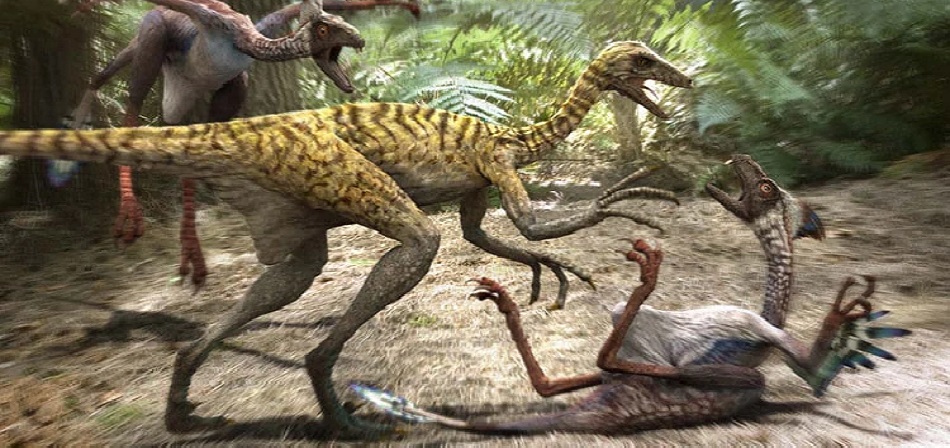
Omnivores
Oviraptor
Could run as fast as an ostrich. The name it was given, Oviraptor (which means “egg thief”) was thought to be a correct moniker for this dinosaur because it was found atop a pile of dinosaur eggs and scientists believed that it was in the process of stealing these eggs when it was killed and later fossilized. learn more
However, that proved to have not been correct. The eggs in which this dinosaur was found atop of is now believed to have belonged to the Oviraptor. Therefore, it wasn’t stealing them but was actually taking care of them.
Gigantoraptor
Gigantoraptor means “Giant Thief.” but this is somewhat of a misnomer because this dinosaur doesn’t belong to the raptor family. It isn’t related to the true raptors of the time such as Utahraptor or Velociraptor. learn more
This dinosaur is one of the largest beaked dinosaurs to have ever been found. It was about 25 feet long, 16 feet high and weighed approximately 2 tons. It was probably an omnivorous dinosaur who lived off of plants and fruits, eggs, smaller dinosaurs and maybe even crustaceans. This dinosaur lived approximately 85 million years ago during the late Cretaceous Period and roamed the plains of central Asia.
Therizinosaurus
Its claws were as long as short swords. These animals are believed to have had really small heads that sat atop very long necks and is known for having fearsome claws on its front legs. learn more
Therizinosaurus was first discovered in 1948 by a Soviet- Mongolian fossil expedition in Southwest Mongolia. This expedition found several claws which they presumed to have belonged to a turtle-like reptile. This would remain the popular belief until 1970 when Anatoly Konstantinovich Rozhdestvensky came to the conclusion that this species was a dinosaur and not a turtle.
Ornithomimus
Could run as fast as an ostrich. Ornithomimus was a dinosaur which looked very much like an ostrich. It had a toothless beak, a long neck but small head, big eyes and long legs. learn more
It also had hollow bones just like birds do. It was about 12 feet long, 6 feet tall and probably weighed around 300 pounds. An interesting fact about Ornithomimus is that it is quite likely that this dinosaur could run really fast. After all, it was shaped much like a modern ostrich, and those birds can run pretty fast as well.

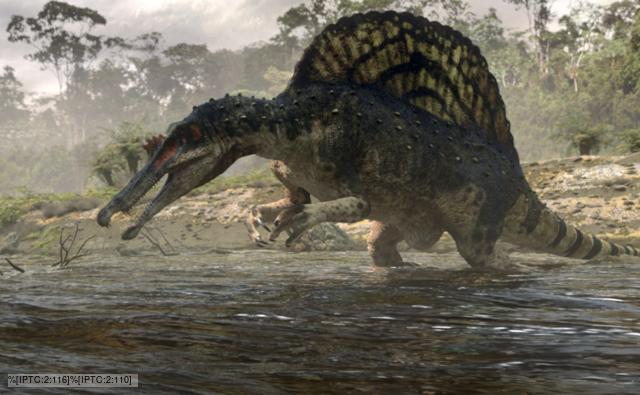
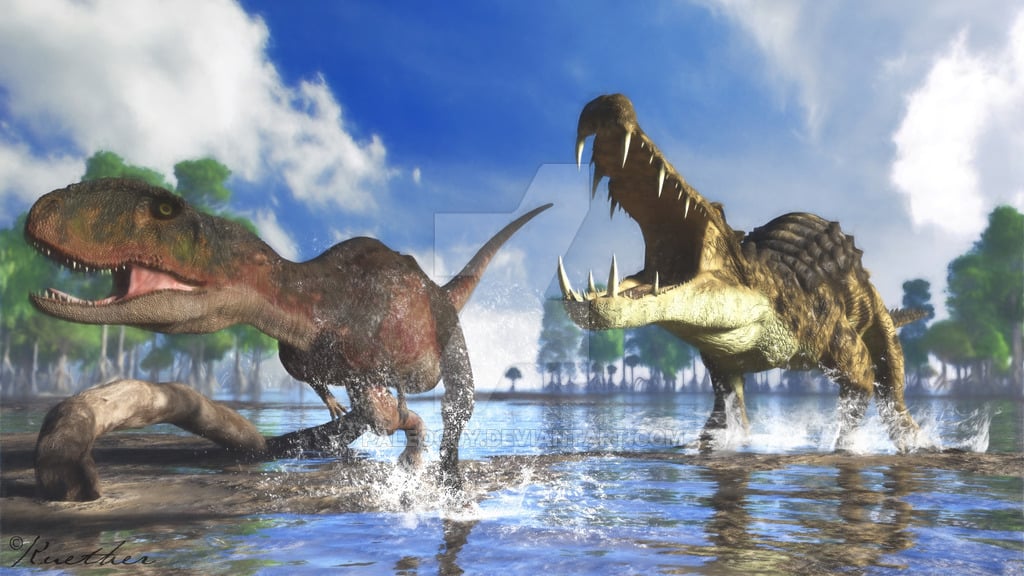

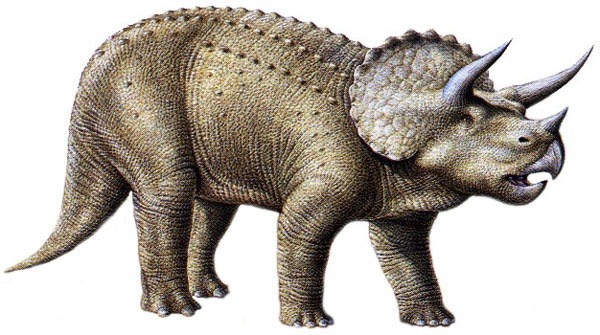
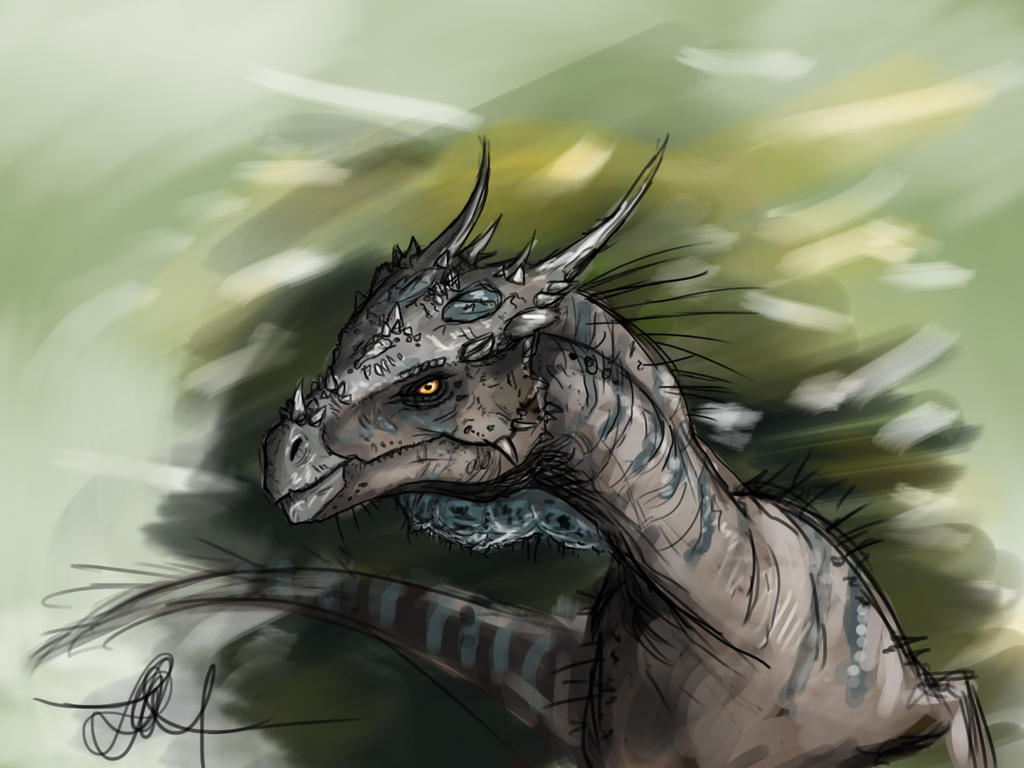
:max_bytes(150000):strip_icc()/moschopsDB-56a253013df78cf772746de6.jpg)


